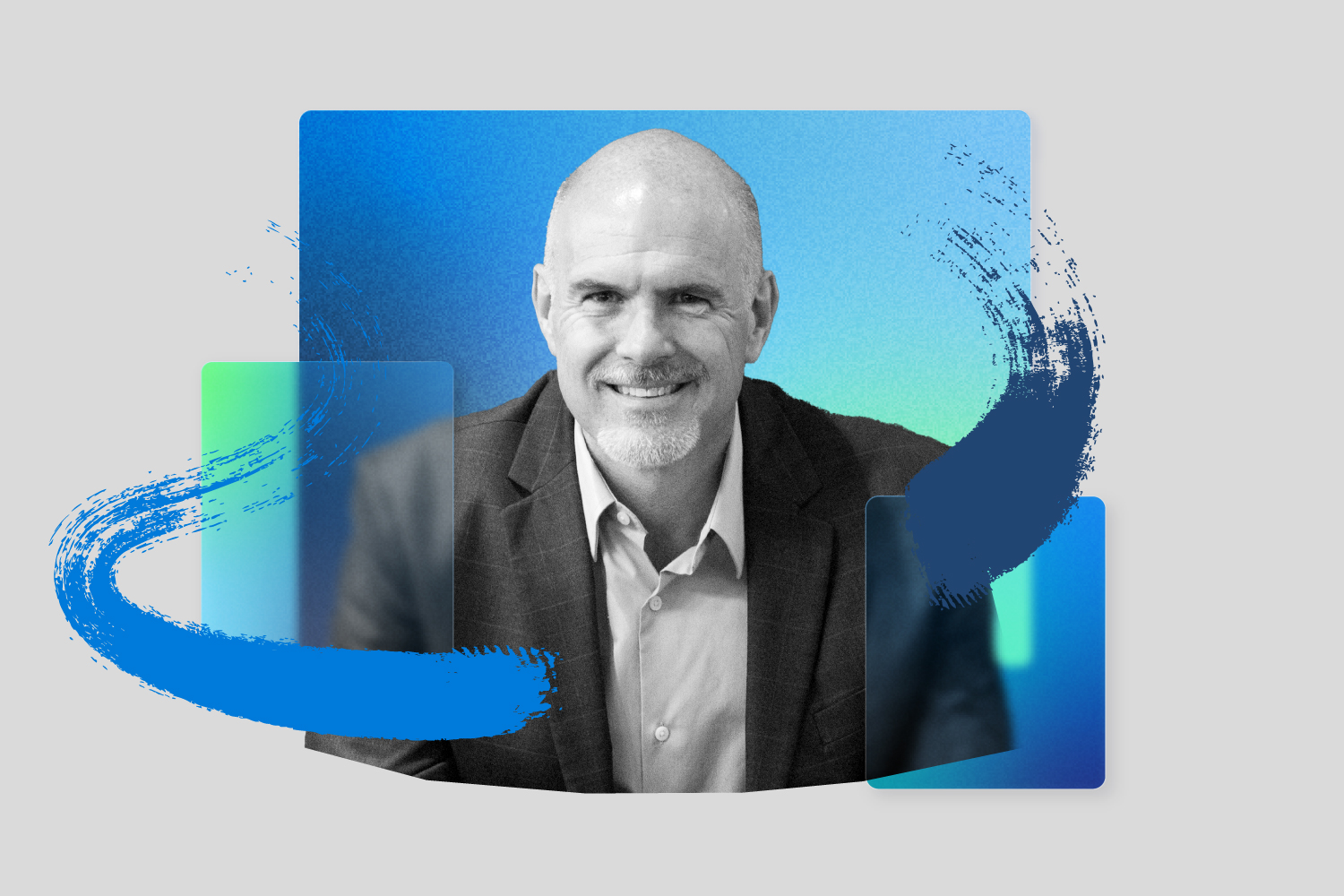Engaging with AI has typically been a one-on-one activity: you ask Copilot a question and it provides an answer; you instruct Copilot to perform a task and it follows your directions. But soon, Copilot will be able to act as a team member, participating and contributing alongside everyone in the group. And organizations will build custom copilots to do things like automate business process. These new capabilities will allow business leaders to reconfigure how their teams—and entire organizations—operate.
In this episode of the WorkLab podcast, Charles Lamanna, Corporate Vice President of Business and Industry Copilot at Microsoft, explains how Copilot has evolved in the past year and what it can do now. He also talks about the low- to no-code tools he and his team are working on to open the aperture and let more people, regardless of their ability to write code, develop business products or processes to streamline their productivity.
If you’ve ever used Dynamics 365 or Power Apps or any other Microsoft business application, there’s a good chance Lamanna has worked on it. He joined Microsoft right out of college as a software engineer before starting his own cloud monitoring company—later acquired by Microsoft. He rejoined in 2013 and has since led the charge on some of Microsoft’s most exciting products.
Three big takeaways from the conversation:
WorkLab is a place for experts to share their insights and opinions. As students of the future of work, Microsoft values inputs from a diverse set of voices. That said, the opinions and findings of the experts we interview are their own and do not reflect Microsoft’s own research or opinions.
Follow the show on Apple Podcasts, Spotify, or wherever you get your podcasts.





